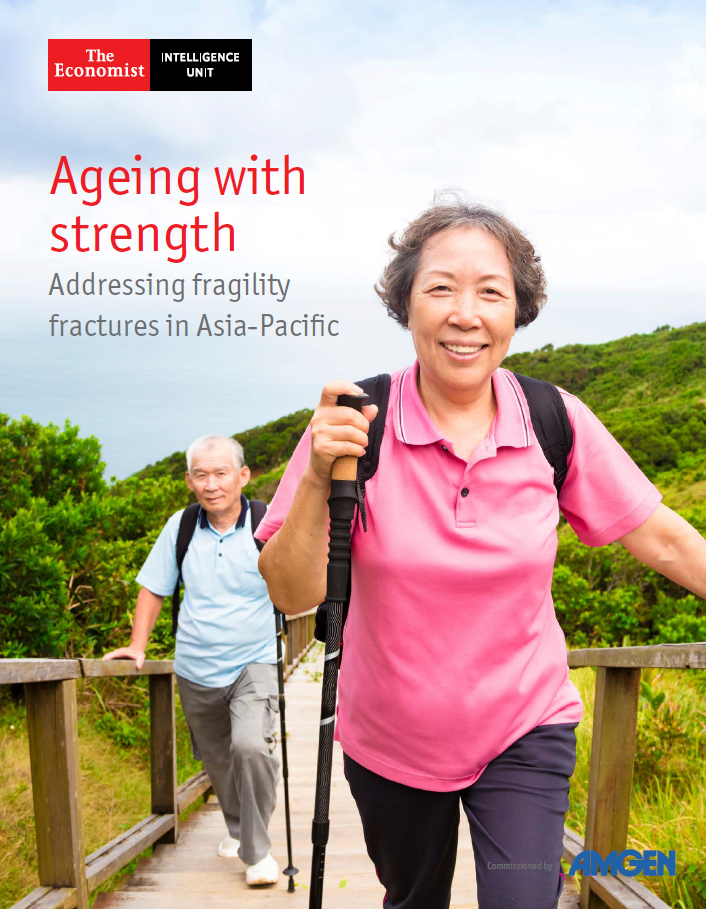By 2050 Asia-Pacific will be home to 1.3bn people older than 60. This growth will happen at a time when lifespans are also becoming longer. As a result, the region is expected to see an increase in diseases associated with age. Among them is osteoporosis, a condition that makes bones less dense and more fragile and can cause fragility, or low-impact, fractures—those that occur (often to the hip, spine or wrist) when someone falls from a standing height or lower.
Osteoporosis is defined as having a bone mass density (BMD) 2.5 standard deviations below the average value of a young healthy woman. It is a disease that affects far more women than men, but the latter still account for about a fifth to a quarter of hip fragility fractures worldwide.
What are the key challenges for osteoporosis patients in the APAC region and how are these affecting their daily lives? Download our report for more insights.






